mhuegerich
New member
I thought I would share an interesting story and some pictures on a pristine Colt Model 1908 issued to a medic in World War 2, who turned out to be a somewhat famous person.
The story goes that he was issued the Colt 1908 during the war, but rarely carried it because he was a medic. He brought the pistol and holster back from the war with him and put it away in the closest for the next 70 years, where it sat untouched in the holster in the humid St. Louis summers.
He recently passed away, and his son (a friend of mine) took possession of it. He gave it to me for a cleaning and inspection before taking it out to the range to shoot.
The gentleman's name is Frank Borghi.
You can read about him here:
http://en.wikipedia.org/wiki/Frank_Borghi
It seems pretty amazing the pistol is in such good condition. There's a blemish on the left side of the frame above the grip, but other than that the bluing looks like it came out of the tank yesterday.
A cool an unexpected family heirloom.
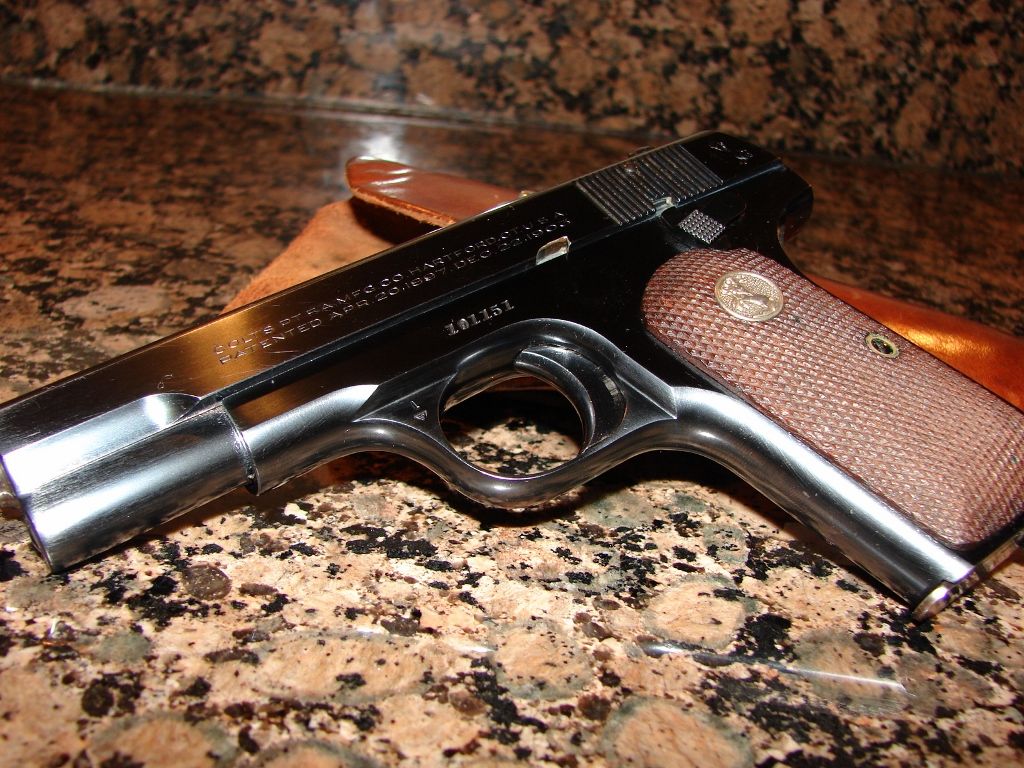
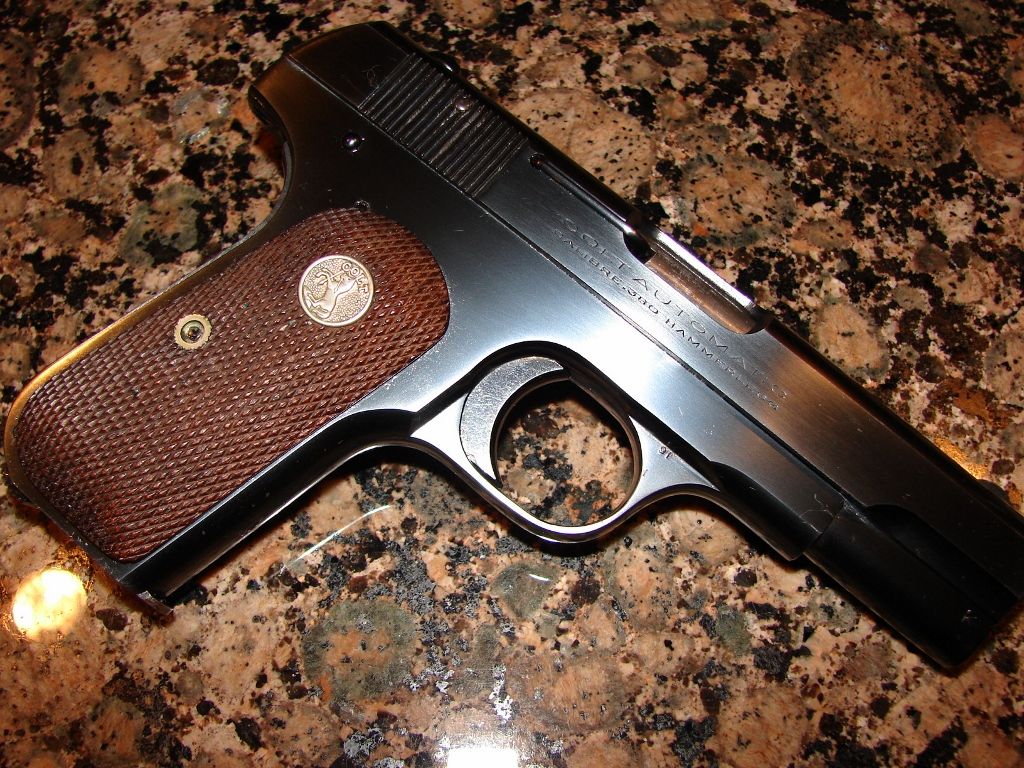
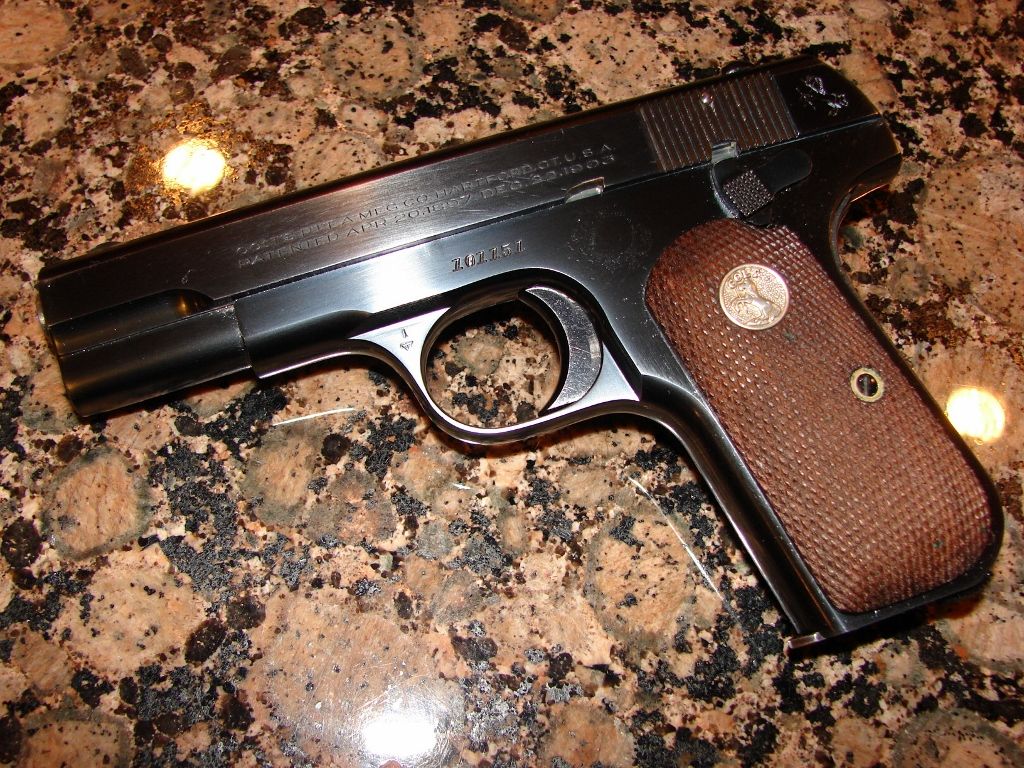
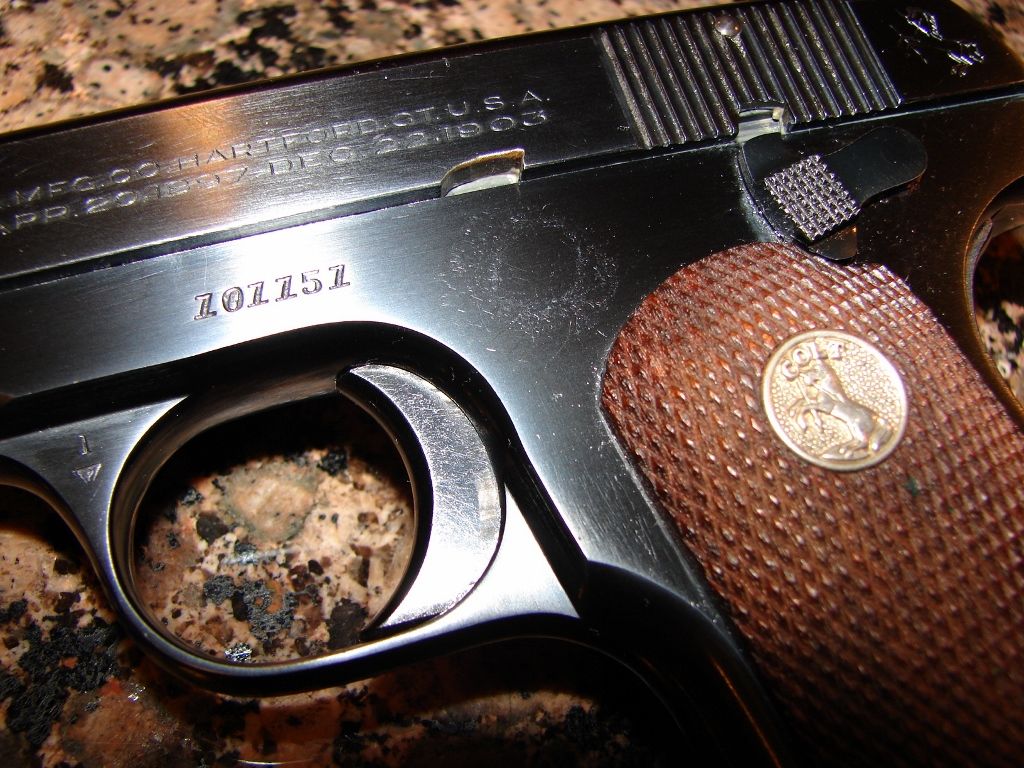
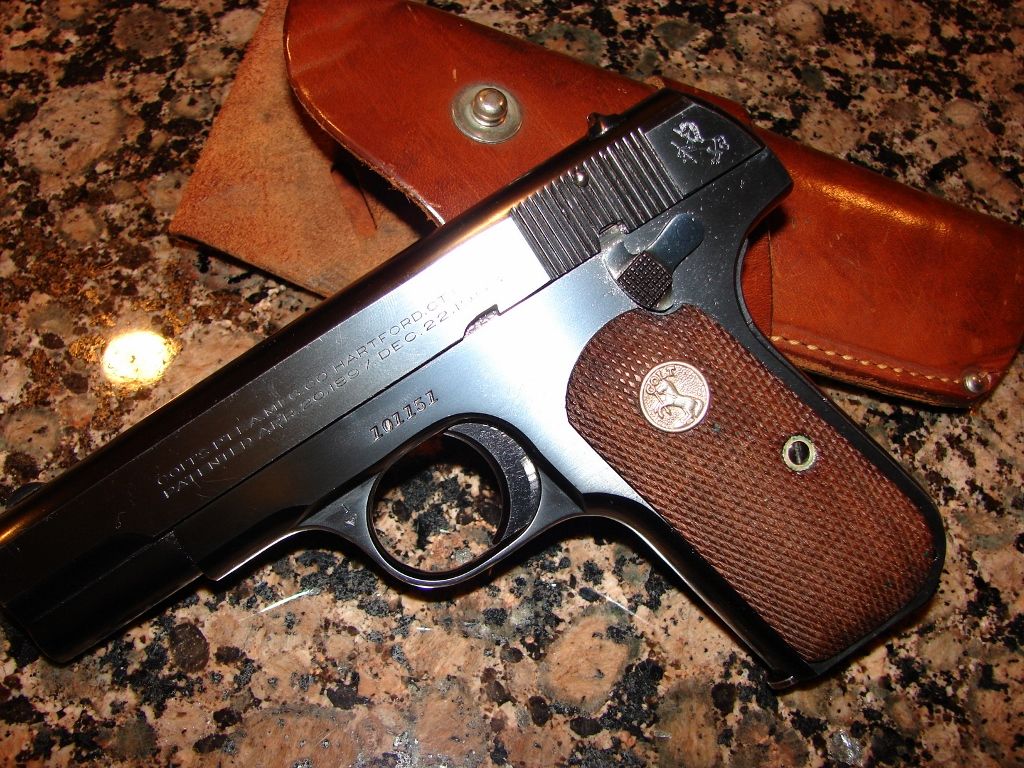
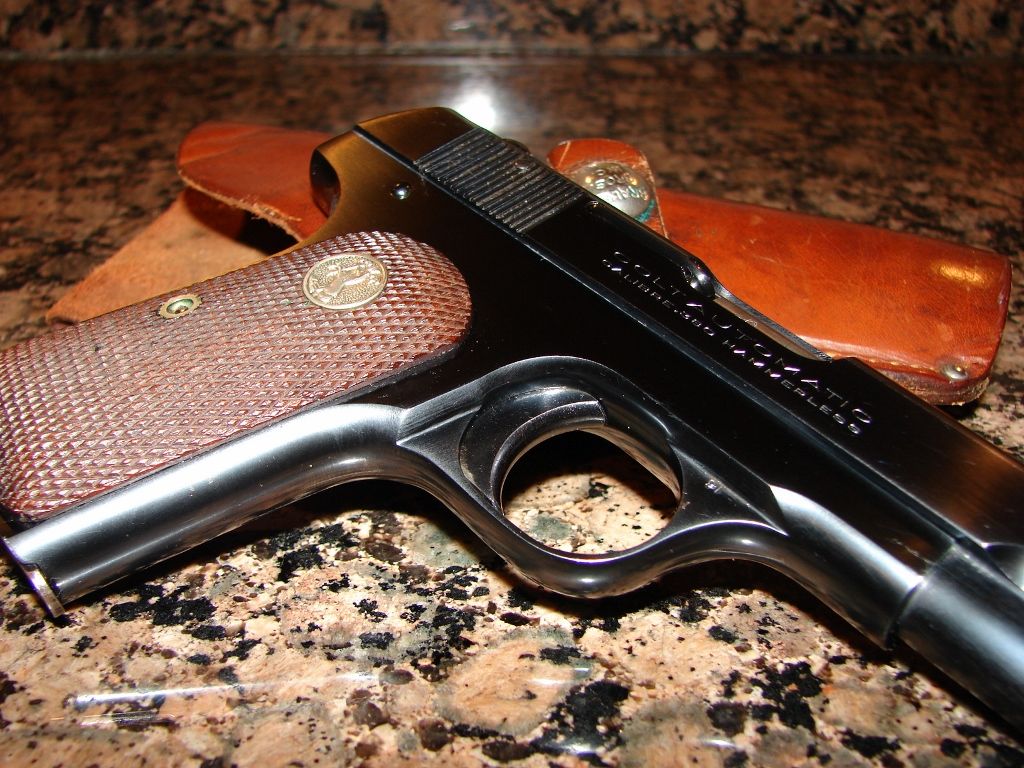
The story goes that he was issued the Colt 1908 during the war, but rarely carried it because he was a medic. He brought the pistol and holster back from the war with him and put it away in the closest for the next 70 years, where it sat untouched in the holster in the humid St. Louis summers.
He recently passed away, and his son (a friend of mine) took possession of it. He gave it to me for a cleaning and inspection before taking it out to the range to shoot.
The gentleman's name is Frank Borghi.
You can read about him here:
http://en.wikipedia.org/wiki/Frank_Borghi
It seems pretty amazing the pistol is in such good condition. There's a blemish on the left side of the frame above the grip, but other than that the bluing looks like it came out of the tank yesterday.
A cool an unexpected family heirloom.






